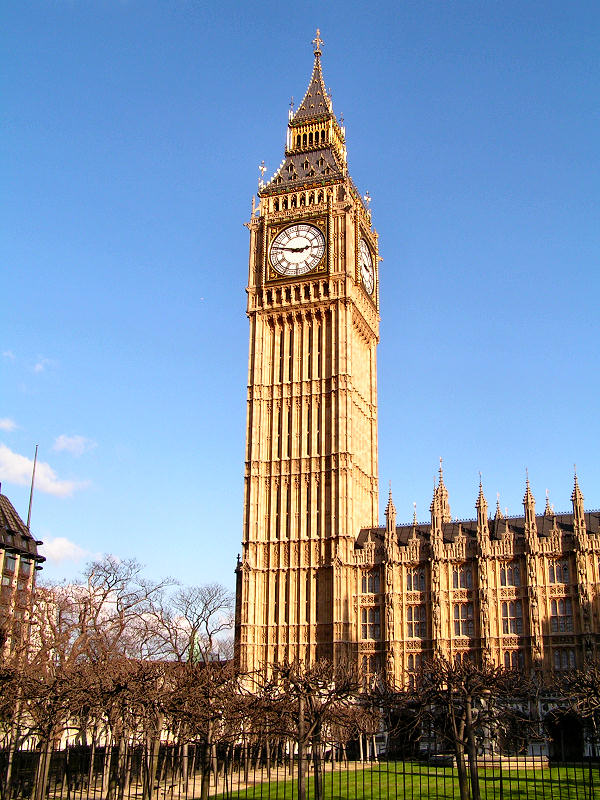Antique clocks as we have looked at in my many blogs centered around London in the 17th and 18th centuries. The UK exported many of these clocks to different parts of the world. Pendulum of Mayfair website sells many of these fine clocks.
Fleeing UK to set up a new life overseas
Clock production only really set up in places like America, as a result of people fleeing persecution on religious grounds. It was slightly different how clock production was setup in places like Australia. Hundreds of convict ships sailed during the 18th and 19th centuries to Australia. As mentioned in my previous blog Henry Lane the clockmaker from London and Bristol was a prisoner on board the Perseus. Clearly other convicts arrived in Australia who were also clockmakers in the UK. James Oatley was born in Warwickshire in 1770 but was found guilty of stealing bed linen. He was a horologist who arrived in Sydney in 1815. His talents also were noted and he became a highly regarded clock and watch maker. He was pardoned in 1821 and he was appointed Keeper of the Town Hall Clock by Governor Macquarie.
Sydney Clocks
It is Henry Lane Clock maker who I will be looking at here though. It is found a year after his arrival he had set up his business in Sydney in 1803. Clearly with no competetion to speak of, he was not short of work. He he is mentioned soon after his arrival advertising for an apprentice and a clock case manufacturer. In April 1804 he advertises for sale a ships chronometer and through these adverts you can tell he also manufactured watches at the time. Sydney was founded in 1788 . Again convict ships set sail from Portsmouth. The Town Hall clock that Henry Lane was asked to repair after it collapsed in 1806 was probably brought on one of these ships from the UK. The first tower clock in the UK to compare was at Salisbury Cathedral and it was made in 1386, over 400 years earlier !
Conditional Pardon Henry Lane 1808
In 1808 Henry Lane has been given a conditional pardon and by 1811 Henry was appointed Government Clock Keeper. He held this position until his death on the 15th April 1815. The earliest editions of the Sydney Gazette gives lots more information about Henry Lane. He has grandfather clocks and watches advertised for sale. It is an interesting history that I suggest readers delve deeper.
Close Bonds Between UK and Australia
Australia and the UK have a unique history from 1788. It is probably one of the closest international relationships in existence. It has a shared history, culture, institutions and language. The only change is that people go to live in Australia freely from the UK today ! Even the current Australian Prime Minister was born in the UK in Wales. There has always been a fierce rivalry especially in sport between our two nations but we have always had a special bond. Many of the people who live in Australia today have some connection with the UK, either in past or present history.




















